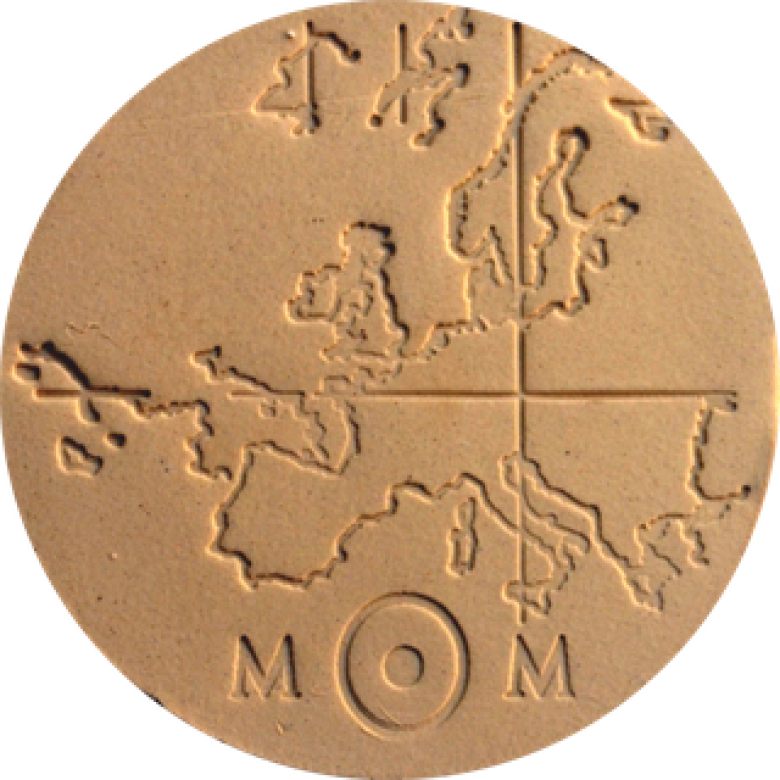Your next digital storage solution? A salt mine.
A century from now, what will happen to all the digital information we have stored? Think about all those documents and photos you have, just sitting there in digital piles on USB sticks or DVDs or even floppy disks!
Now imagine that, on a much bigger scale. Formats change. Companies in the cloud go out of business. Social networks close up shop.
On Spark we've talked about lots of ideas for how to deal with this - which, by the way, archivists are FREAKING OUT ABOUT. But one approach we never dreamed of was storing information...on engraved ceramic tablets, deep in a salt mine in Austria. Go figure! It just never occurred to us.


Martin is also a ceramic artist. He decided that ceramic tablets would be an ideal medium for a longtime archive. He got the idea for how to print information on the ceramic tablets from a technique that's used to print logos on teacups. The ceramic tablets can store both text and images.


And speaking of preservation, one of the great resources of our digital life is the Internet Archive. The non-profit aims to keep a record of the history of the internet. It has saved 279 billion web pages and counting. It also maintains a huge library of free culture: software, music...movies, including the Prelinger collection of public domain ephemeral films. When you hear old-timey film clips on Spark that's usually where they're from.
We've spoken with folks from the Archive many times over the years on Spark. This past week, they announced that they're going to create the Internet Archive of Canada, which is, essentially, a backup copy of the collection here in Canada. According to their blog, the move is a response to the US election. They are, they say, "preparing for a Web that may face greater restrictions" and "serving patrons in a world in which government surveillance is not going away; indeed it looks like it will increase."